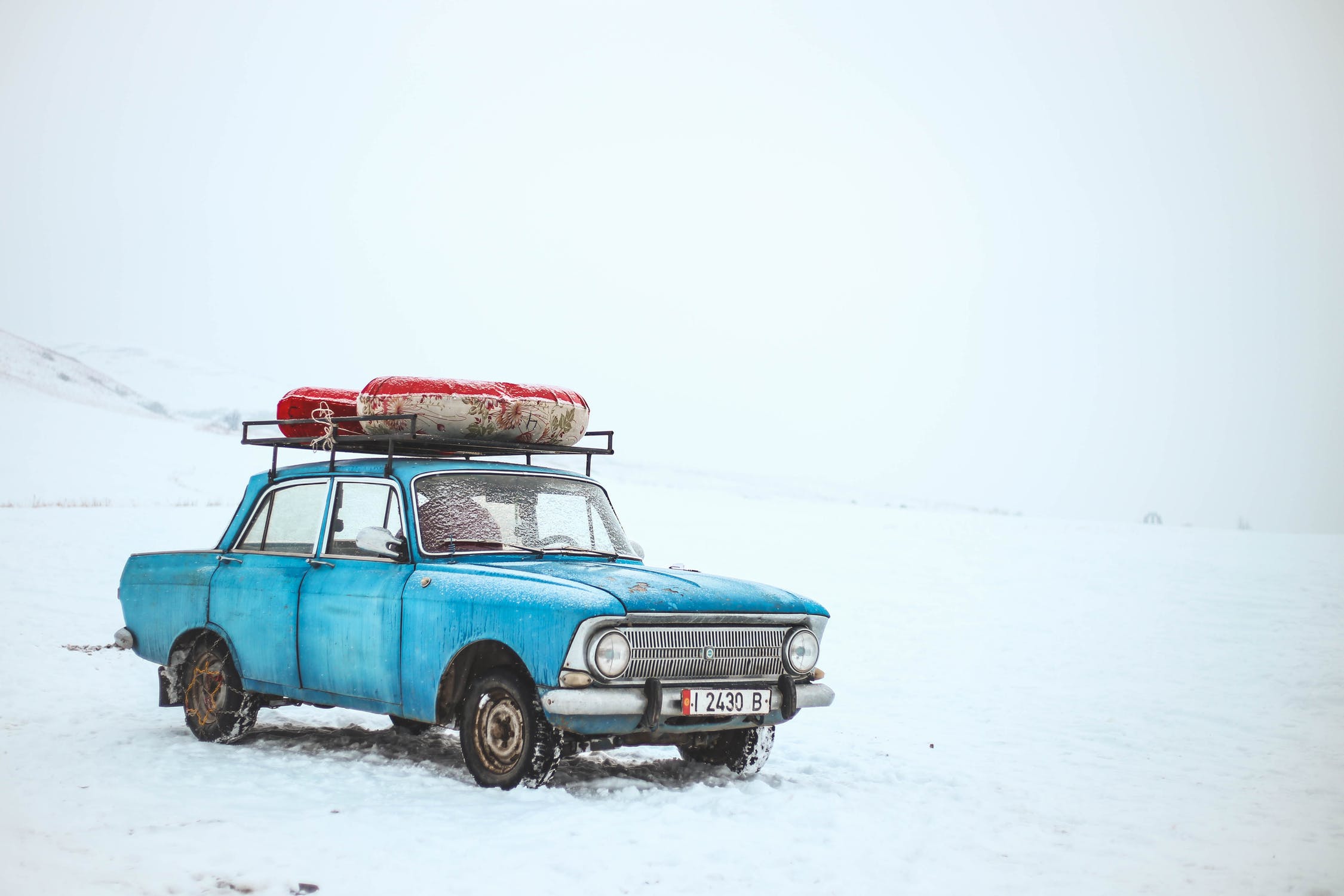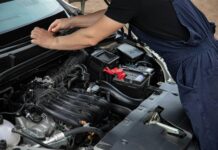It’s that time of year again—winter has arrived, and with it comes the risk of snow, ice, and cold temperatures. Having your car in good working order can make all the difference when you have to deal with these things, so you should take some time now to get your car ready for winter before it arrives. You may not be able to avoid all the problems that winter weather brings, but following these four steps will help protect your car.
1. Replace Damaged Windshield Glass
Repairing damaged auto glass will help keep your vehicle safe on winter roads so that you can safely return home after an outing with friends and family during the snowy season. If your windshield has an impact crack, check to see if you can fix it by using a product like Windex or Rain-X. If those don’t work, then it’s time to invest in windshield replacement. Not only is a cracked windshield unsafe, but it also makes it difficult to drive when visibility is impaired. However, not all cracked windshields indicate a need for the complete replacement of glass. The size of the chip or crack is ultimately what determines whether or not it needs to be replaced. Always speak with a professional to find out what can be done for your damaged windshield.
2. Change Your Windshield Wipers
If your car is coming up on a few years in its life, it’s worth investing in new windshield wipers. Old wipers don’t work as well as new ones—they might not clear all of the debris off of your windshield or they might be wearing out quickly. There are plenty of options out there to try if you decide to make a change: if you have no idea what type of wiper best fits your car, ask someone at an auto parts store. The weather conditions you typically drive in as well as the car you own may influence what kind of windshield wipers will best suit your needs. Always make sure that you purchase automotive equipment from a reputable professional.
3. Have Your Brakes Checked
Your car’s brakes are essential in any driving scenario, but they become even more important during winter driving conditions. They allow you to slow down, or stop completely if needed. In slippery weather, it can be very hard to get control of your vehicle, it may even feel impossible to steer properly. That’s why brake checks are so important – especially in a situation where you may need them most. During a brake check, you apply light pressure to your vehicle’s brake pedal and then release it quickly—this should cause your vehicle to skid or slide slightly in one direction. If it does not do so, get your brakes checked immediately!
4. Replace Your Air Filter
A clogged air filter doesn’t just make your engine labor when you accelerate; it also puts extra wear and tear on your engine. Clogged air filters can increase fuel consumption significantly. While this may not seem like an immediate problem, over time it can add up to hundreds of dollars in extra costs. If you want to replace it yourself, just remove your old filter and replace it with a new one that fits correctly.
The winter weather can come on quickly, and if you aren’t prepared, you could find yourself stranded in the snow until the roads are cleared and you can find someone to help you out. Before the snow hits, make sure your car is ready by investing in these four repairs.















